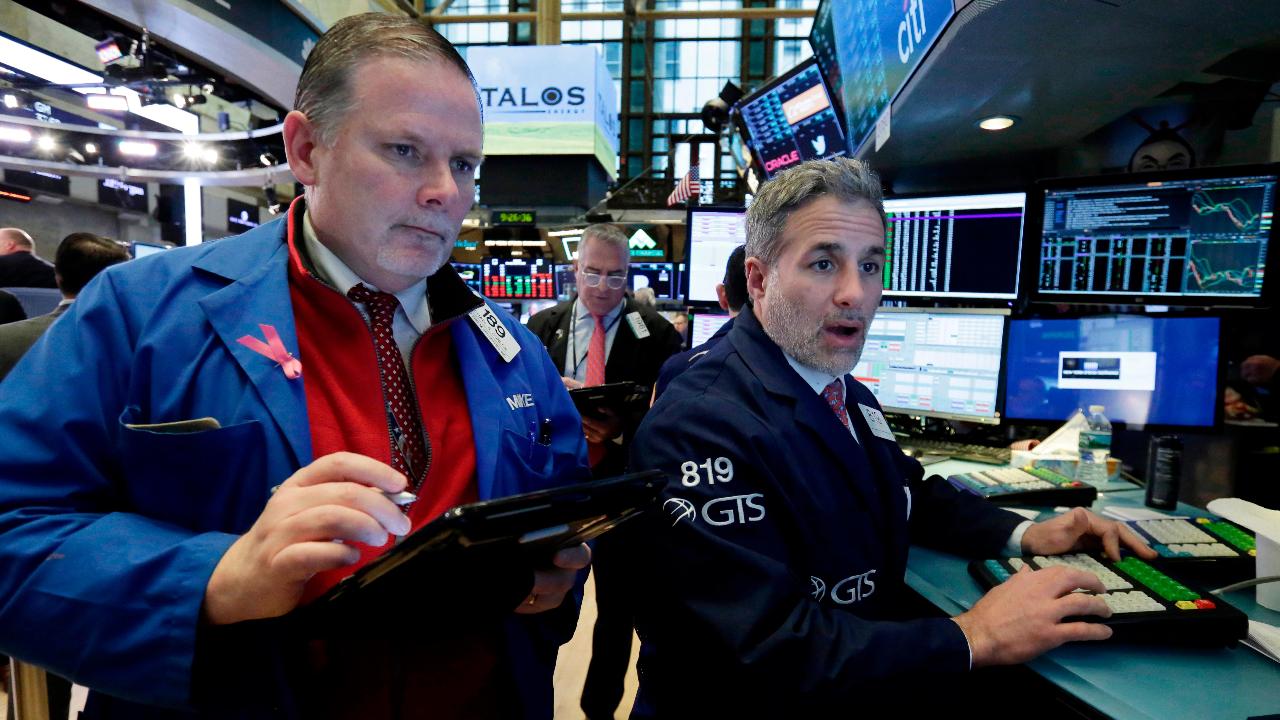Best case, worst case for markets: Here’s how it could play out
The second-quarter earnings season was stellar, with the fastest earnings per share (EPS) growth and the highest percentage of positive EPS surprises in seven years, according to a research note from Goldman Sachs.
Goldman Sachs analysts have a 2018 yearend target on the S&P 500 of 2,850, basically in line with where the S&P is currently trading, but if trade tensions either ease or ratchet higher – then there could be some significant movement.
The bank’s latest note attempted to lay out the “best case” scenario for trade tensions while it also cautioned about the potential downside.
If trade frictions heat up then companies could see lower earnings, which would in turn contract their price-to-earnings ratio and send the S&P 500 down by 17 percent to 2,380, the bank’s analysts wrote.
But, if trade tensions ease, the Fed hikes rates only two to three more times and if growth remains strong then the S&P 500 could climb to 3,150, a 10 percent upside.
The bank says that the outlook of the trade frictions remains uncertain, but noted that their Washington, D.C.-based economist assigns a 70 percent probability that the White House will move forward with tariffs on the majority of the next round of $200 billion of China imports.
Goldman also noted that since the release of the second-quarter results, analysts have boosted their 2019 EPS estimates by 0.9 percent.
“At $178, the consensus bottom-up 2019 EPS estimate implies annual growth of 10% versus Goldman Sachs’ top-down growth estimate of 7%,” the analysts wrote.




















